Students 3D Print A Human Kidney Substitute
According to the United States Renal Data System, End-Stage Renal Disease resulted in over 90,000 deaths in 2009. Solving the problem has been difficult at best as treatment options aimed at dealing with renal disease are basically limited to organ transplantation or dialysis.
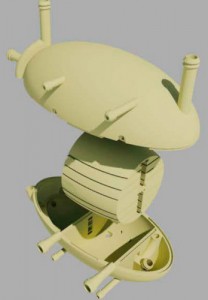 Neither of those options are ideal. A demand which far outstrips a limited supply of transplantable kidneys limits one method and dialysis is expensive and offers only a temporary solution.
Neither of those options are ideal. A demand which far outstrips a limited supply of transplantable kidneys limits one method and dialysis is expensive and offers only a temporary solution.
As of this moment, nearly 100,000 people are awaiting kidney transplants in the United States and only 14,000 kidney transplant surgeries have been performed this year, while 2,500 new patients are added to the kidney transplant waiting list each month.
Now two teams at the University of Connecticut are completing a year-long effort to design and develop a prototype for a cost-effective and entirely functional artificial kidney via chemical engineering and 3D printing technology.
Anson Ma, an Assistant Professor in the Department of Chemical and Biomolecular Engineering at the University of Connecticut, along with two three-person teams of chemical engineering students, have created an artificial kidney for their Senior Design Project using 3D printing technology.
Students Derek Chhiv, Meaghan Sullivan, Danny Ung, Benjamin Coscia, Guleid Awale, and Ali Rogers partnered with 3D printing company ACT Group, to create a prototype shell for the artificial kidney.
Measuring 12 cm long and 6 cm in diameter, the innovative device is the average size of an adult human biological kidney.
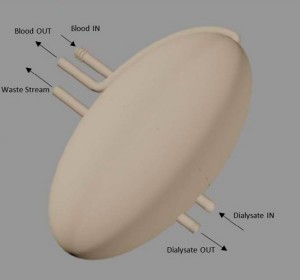 “The objective of the design project is to get these students to combine the latest technology and their chemical engineering knowledge, learned over their four years at UConn, to solve a technical problem where we can make a difference,” Ma said.
“The objective of the design project is to get these students to combine the latest technology and their chemical engineering knowledge, learned over their four years at UConn, to solve a technical problem where we can make a difference,” Ma said.
Awale, a senior at UConn, says each team approached the problem of how to create a working kidney from different angles.
“While the other team utilized techniques such as electrodialysis and forward osmosis in their prototype, our group opted for mainly hollow fiber membrane technology commonly found in traditional hemodialysis treatments,” Awale said.
According to fellow student Coscia, hollow fiber membrane technology presents certain hurdles to anyone trying to implement a solution.
“Because 3D printing resolutions are not currently low enough to print a structure which will actually filter blood, the file is of only the shell of the kidney,” Coscia said. “Hollow fiber membranes will be installed on the inside to do the filtration function. The kidney will then be sealed together using the threads and sealing o-rings. A fluid called dialysate will be circulated on the outside of the membranes, inside of the shell, to remove waste material from the blood and keep useful material from leaving the blood. A waste stream maintains the person’s ability to urinate. The outside of the shell can be used as a substrate for growth of biological material for ease of integration into the body.”
Once the designs were complete, members of the two teams collaborated with the ACT Group of Cromwell, Conn. to choose appropriate polymer materials and the correct printer to use in outputting the prototype designs. The projects were debuted in early May at the School of Engineering Senior Design Demonstration Day.
Source: 3dprinterworld.com

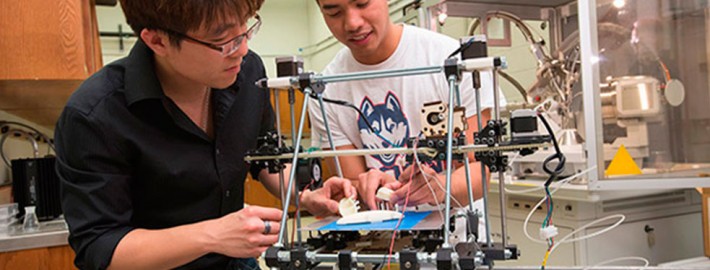
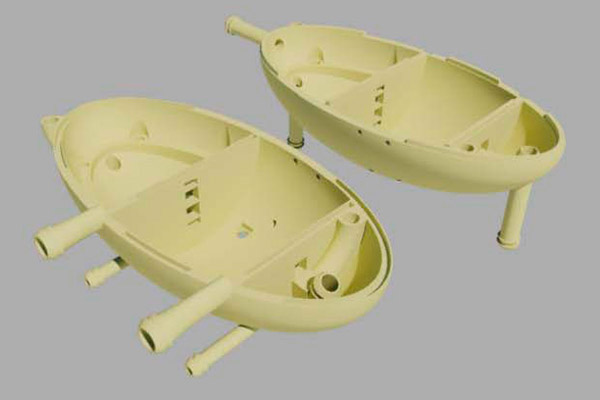
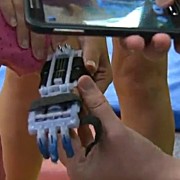


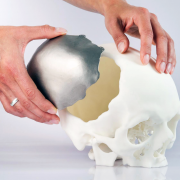

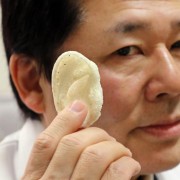





Leave a Reply
Want to join the discussion?Feel free to contribute!